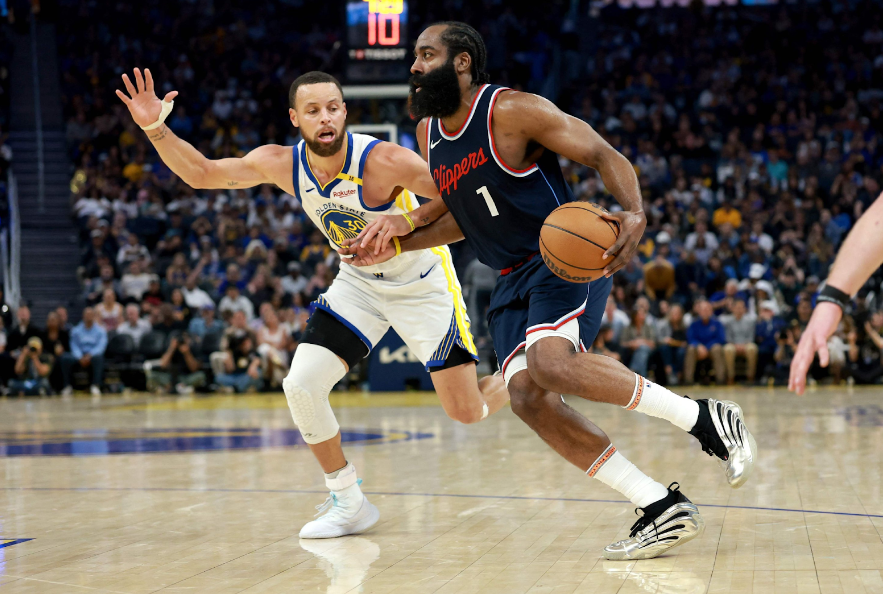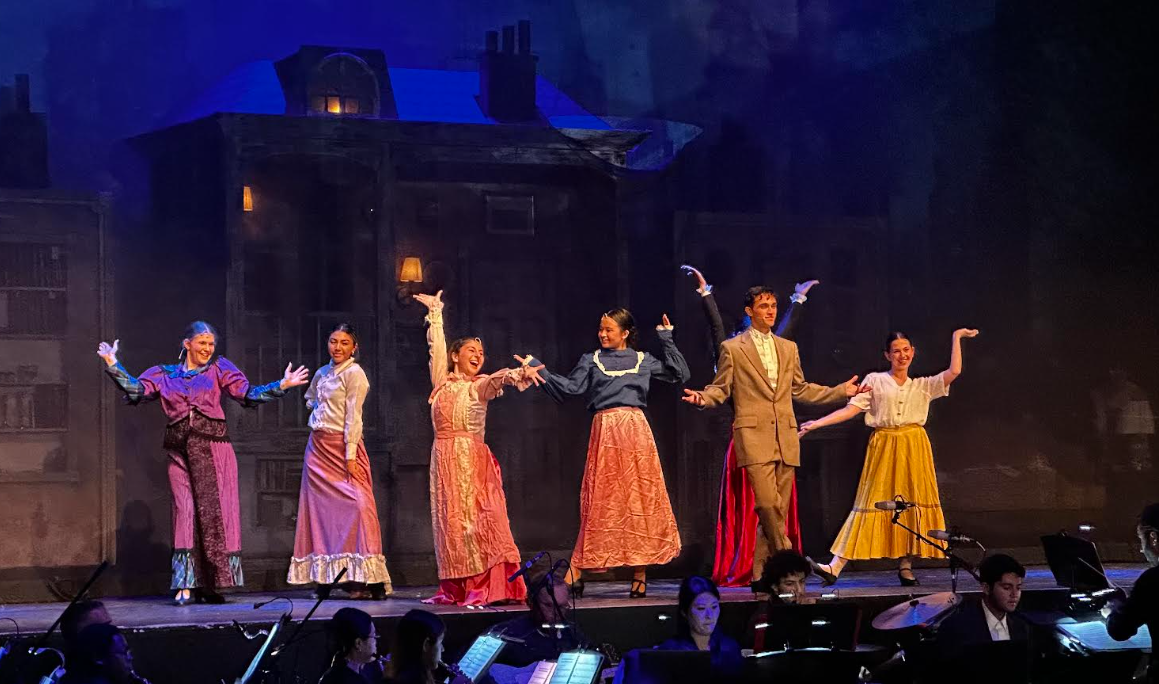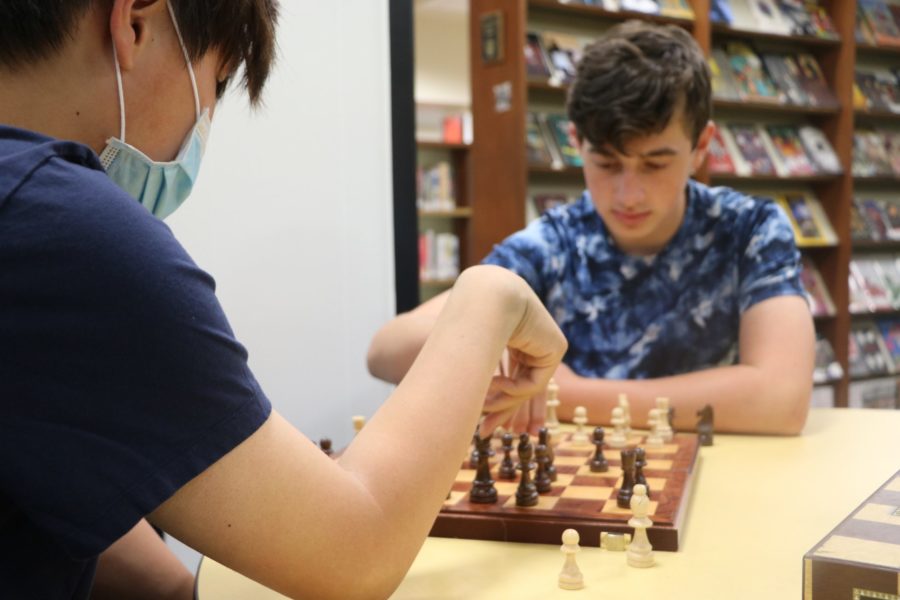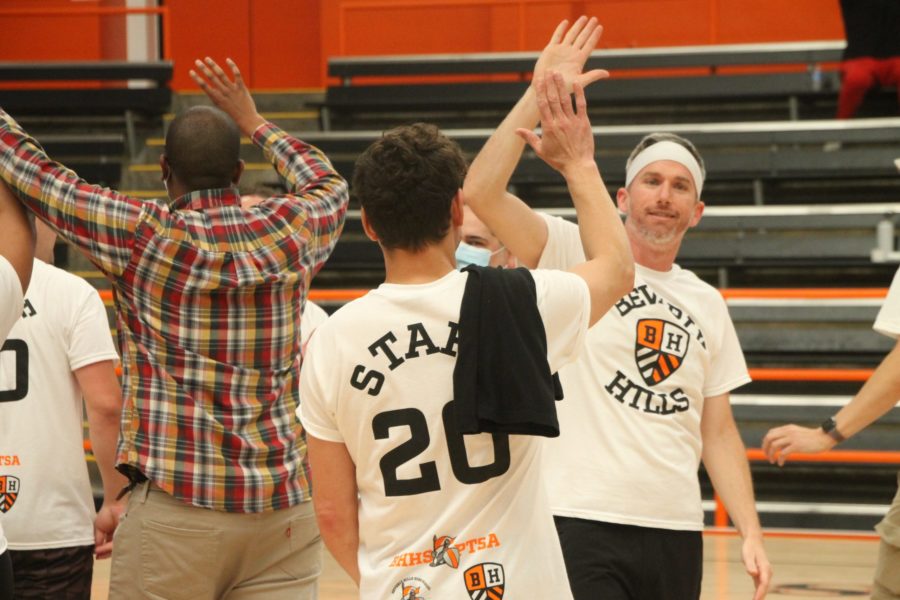Max Stahl, comment editor
“The Fall” (“La Chute”) by Albert Camus
Translated by Justin O’Brien
Published 1956
147 pages
 “But I am letting myself go! I am pleading a case! Forgive me. Habit, monsieur, vocation, also the desire to make you fully understand this city, and the heart of things! For we are at the heart of things here. Have you noticed that Amsterdam’s concentric canals resemble the circles of hell? The middle-class hell, of course, peopled with bad dreams. When one comes from the outside, as one gradually goes through those circles, life—and hence its crimes—becomes denser, darker. Here, we are in the last circle.”
“But I am letting myself go! I am pleading a case! Forgive me. Habit, monsieur, vocation, also the desire to make you fully understand this city, and the heart of things! For we are at the heart of things here. Have you noticed that Amsterdam’s concentric canals resemble the circles of hell? The middle-class hell, of course, peopled with bad dreams. When one comes from the outside, as one gradually goes through those circles, life—and hence its crimes—becomes denser, darker. Here, we are in the last circle.”
“The Fall” is the last completed novel by Albert Camus, author of “The Stranger” and “The Plague.” Set in an Amsterdam still recovering from Nazi occupation, the story follows Jean-Baptiste Clamence, an aged, jaded Frenchman, as he takes the reader on a tour of his adoptive city and recounts incidents from his life. The structure of the novel, intriguing as it is impressive, is that of a second-person monologue; Clamence’s discourse constitutes all that is written on the page. While he claims to engage the reader, the second character, in conversation, Clamence dominates the discussion to the point that the reader’s role in the story remains inconsequential until the very end. Clamence, thus, occupies three positions at once: narrator, interlocutor and judge-penitent.
What is a judge-penitent, you ask? Not a bad question, since, just as Sherlock Holmes is the world’s only consulting detective, Jean-Baptiste Clamence is the world’s only judge-penitent. Or, at least, he’s the only one who calls it his profession. And, since Clamence keeps the nature of his work hidden from the reader for most of the novel, I am not at liberty to reveal the answer, either.
I am at liberty, though, to discuss liberty, which factors heavily into “The Fall.” As much a philosophical treatise as it is a narrative, “The Fall” characterizes Clamence as the prototypical modern-day man, or, as Mikhail Lermontov put it in the novel’s epigraph, “A Hero of Our Time.” One of the central questions of the novel is whether or not this Hero can be trusted with freedom. In his assertion that the modern-day man should be a slave, Clamence confounds and, ultimately, convinces. His carefully constructed syllogisms can yield no other answer.
In fact, everything Clamence says is carefully constructed, intricately woven, multilayered. His narrative, delivered out of chronological order, is somewhat difficult to follow on a first read. Likewise, it might take a couple reads to grasp some of his philosophical arguments, especially those regarding judging. While it is satisfying to piece together Clamence’s puzzle, the task is daunting and certainly bears the potential to alienate readers.
Readers may also fail to grasp, as I initially did, the religious symbolism that Camus scatters throughout the novel. Although these symbols are essential to the thematic message, a secular-minded reader could easily miss them. For example, Clamence points out to his “compatriote” a flight of doves circling in the sky and remarks that they will never be able to land. Camus thus implies, I learned, that the Holy Spirit (represented by the doves) will never descend upon Amsterdam (or upon the world at large).
But maybe Clamence is meant to be frustrating. He’s certainly not the most moral character in literature, nor is he particularly concerned with the reader’s wellbeing. His attitude toward modern life is often bitter, as he believes mankind has suffered a fall from grace similar to his own. His manner of speaking is friendly and articulate, but perhaps insincere in its friendliness and pompous in its articulacy. (Camus, in this way, demonstrates his usual mastery of language.) Clamence is a Hero of our Time, even though “our time” is now nearly sixty years in the past. His arguments remain relevant to readers today; perhaps the world hasn’t changed so much. Clamence’s character itself — so familiar, so irresistible, so abhorrent — makes the novel worth the read. Observing his machinations and charting his development from young adulthood to old age, readers must draw the unpleasant, but not untrue, conclusion: inevitably, we all will fall.
Purchase
Available at BHPL and LAPL





























Lashonda • May 8, 2014 at 9:12 am
Fine. Educational